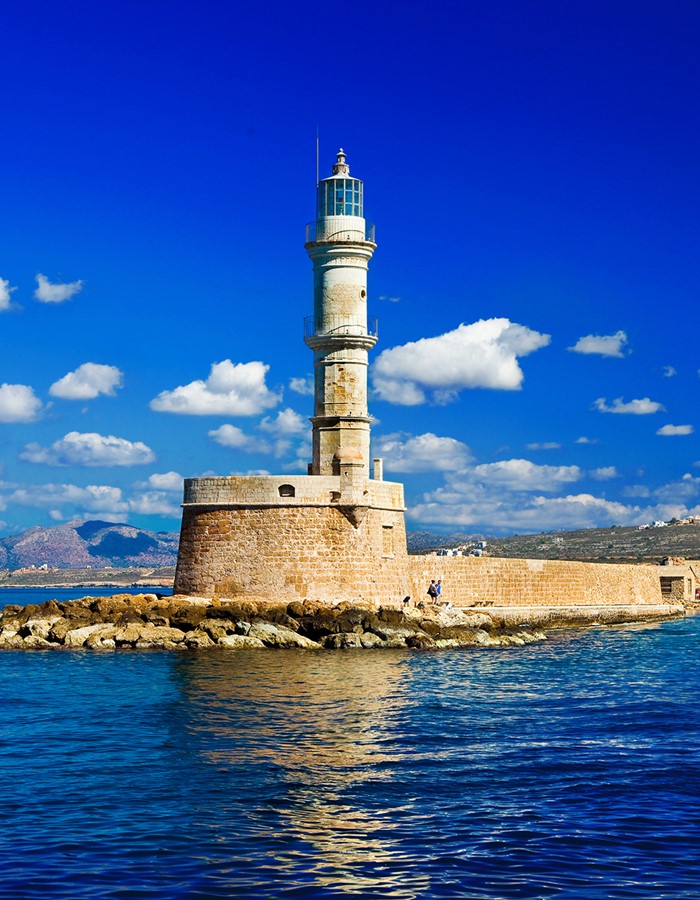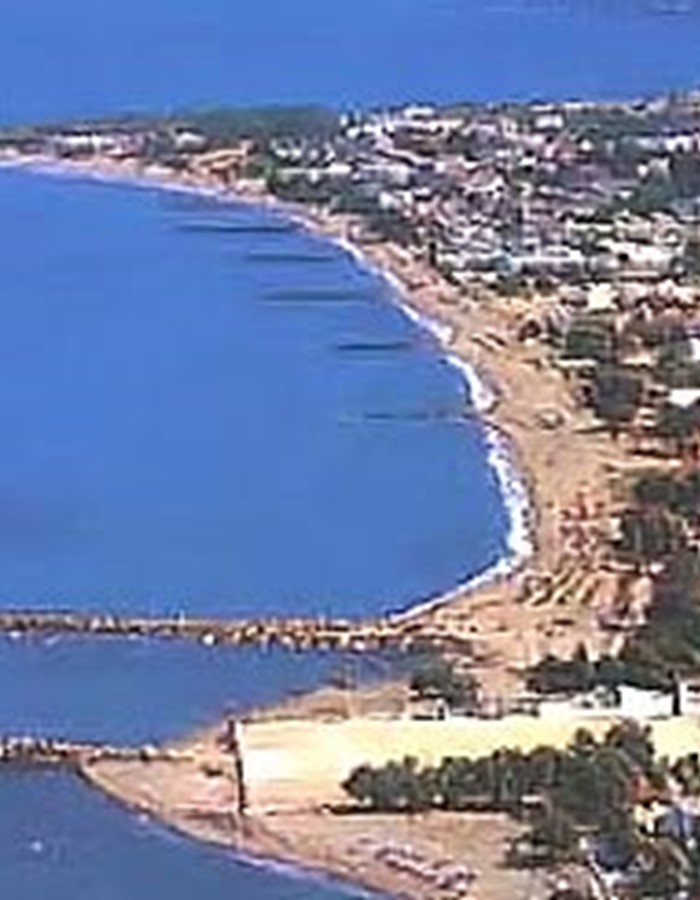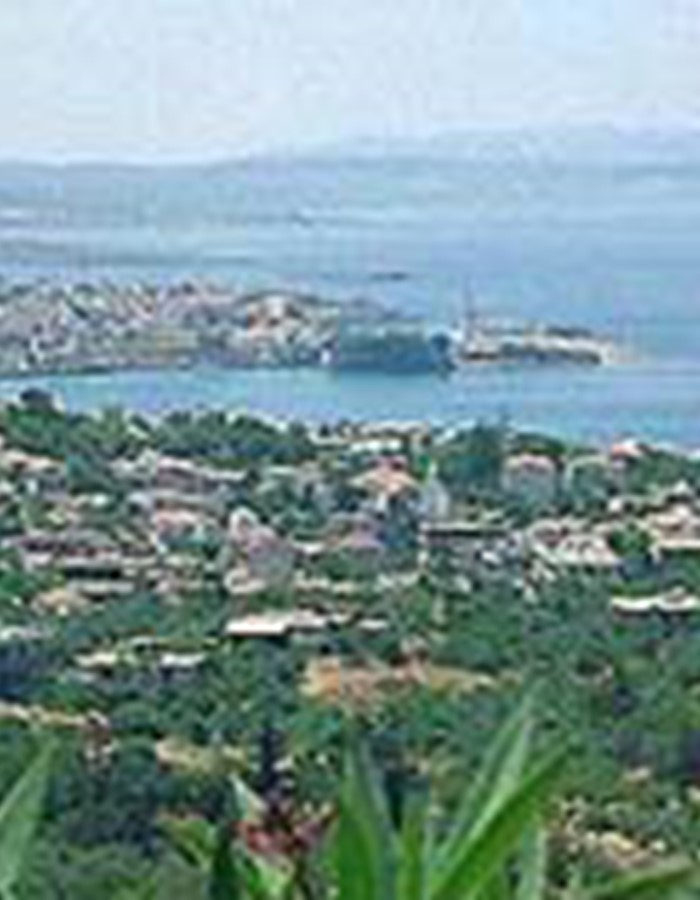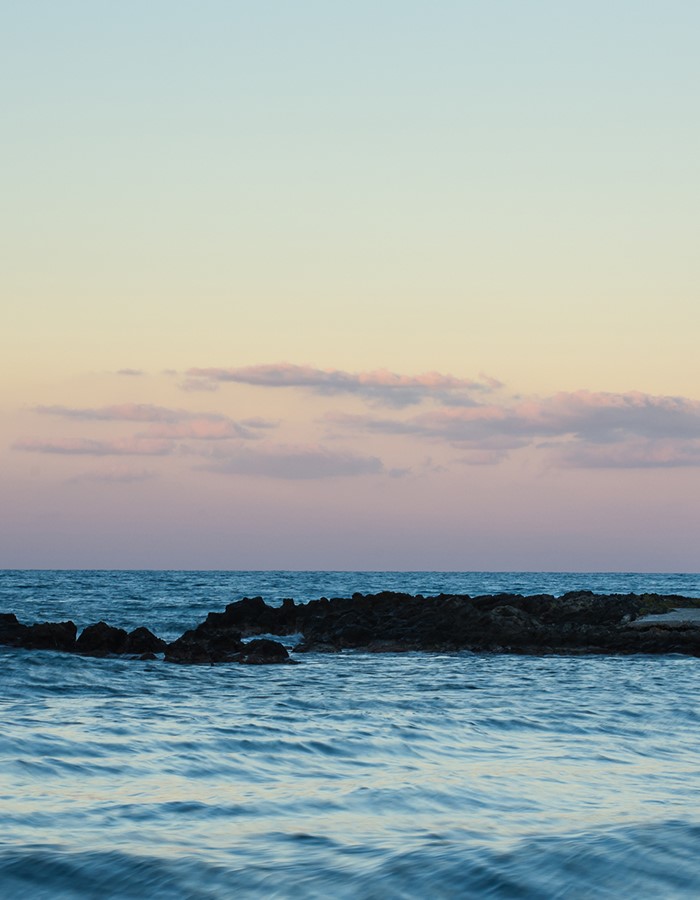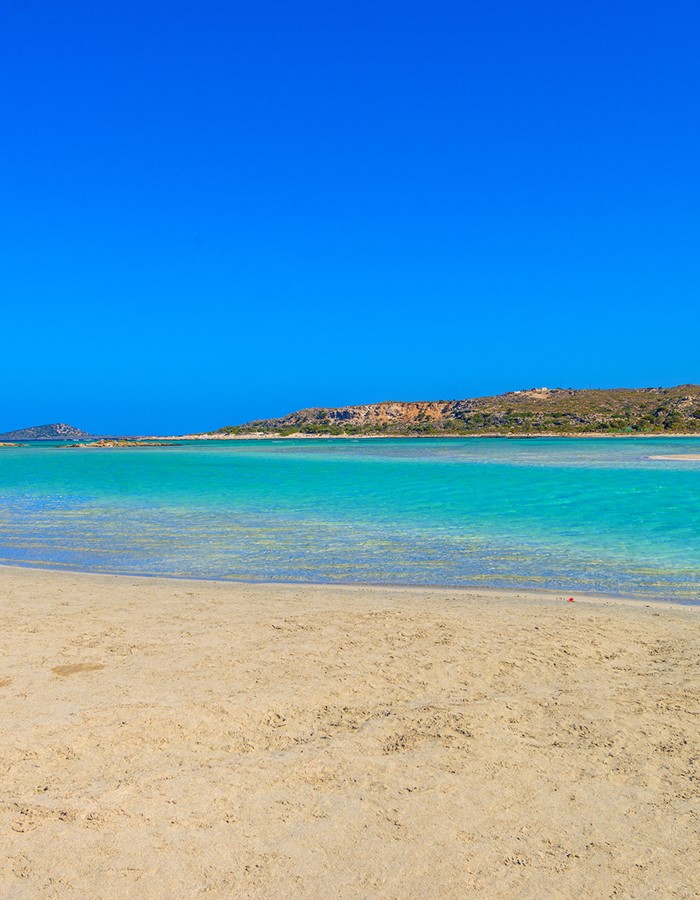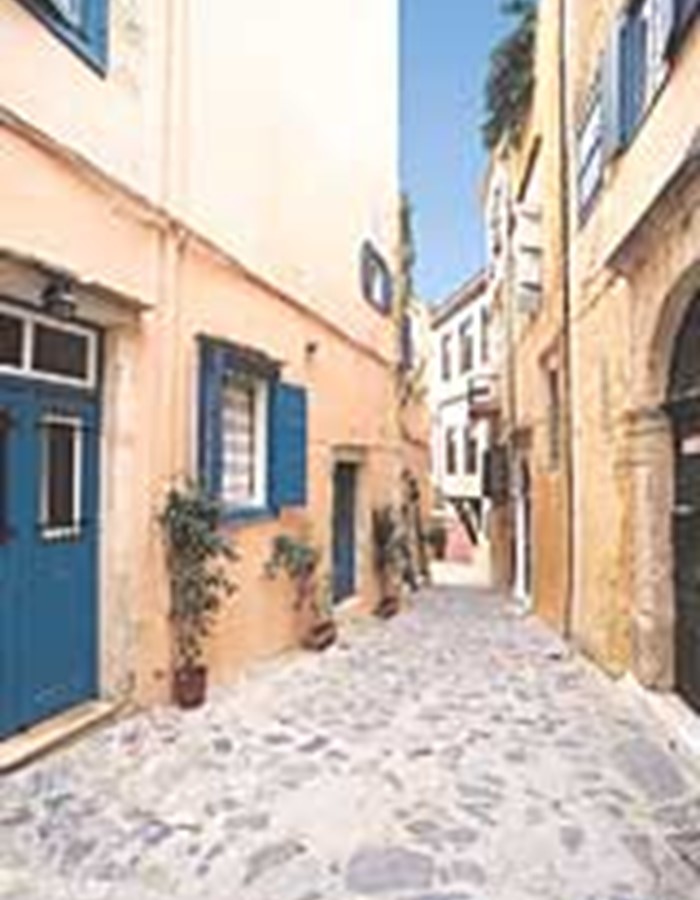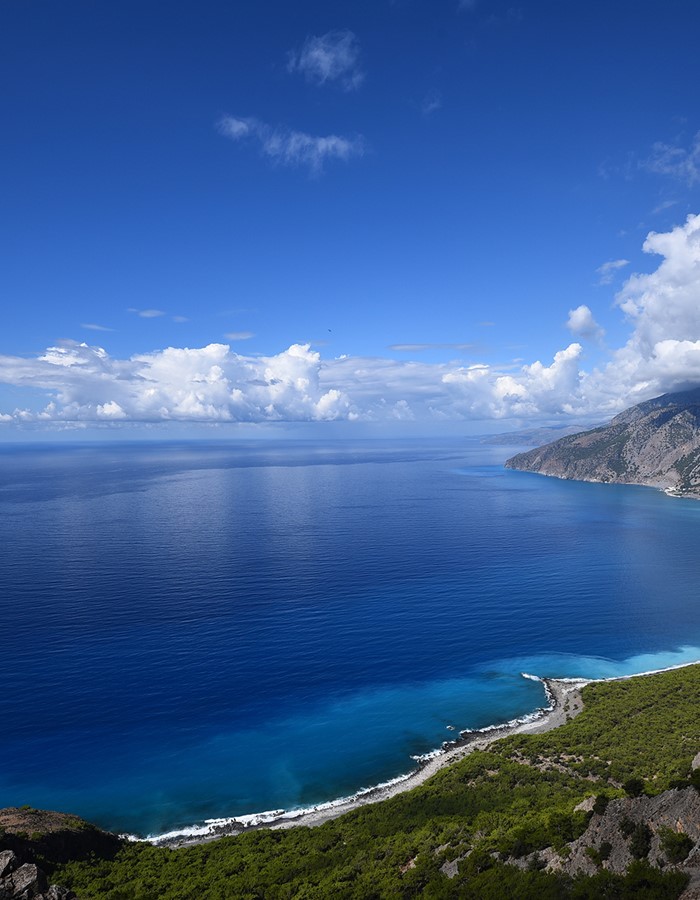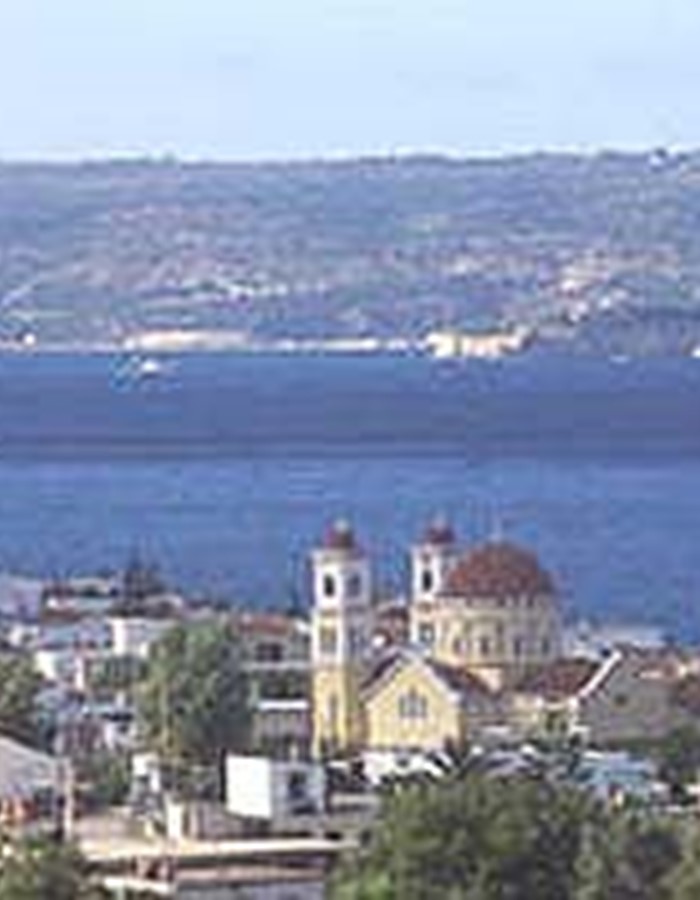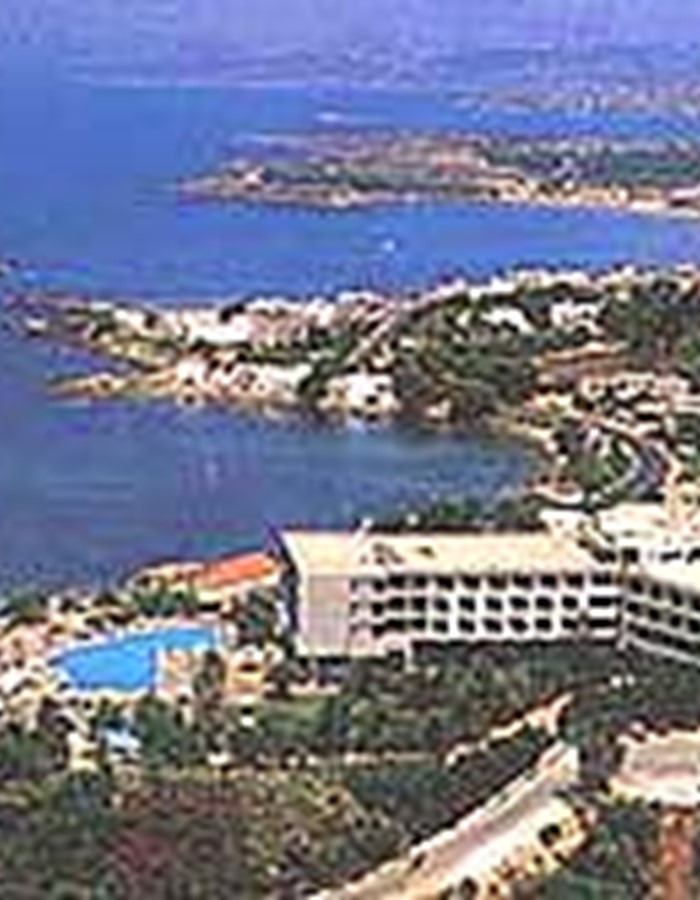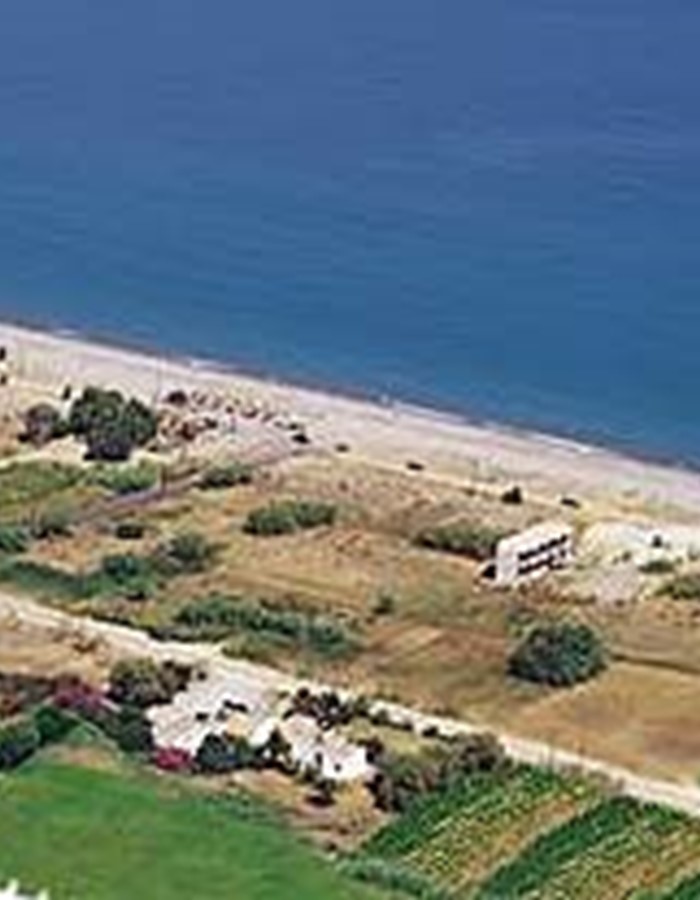The county of Chania covers the western part of Crete and has an area of 2.376 km2 and with a population of 140,000 residents (1991inventory). It is generally recognized by its unique beauty.
Chania Prefecture, Crete's westernmost district, is occupied by "Lefka Ori" (White Mountains), a mountain complex with very interesting formations like the Samaria Gorge. Very famous for its ecological importance, including the wild long-horned Cretan goat called the kri kri, the Samaria Gorge attracts thousands of visitors every year. Undaunted by the long trip to the top of the gorge (about 42 kilometers from Chania), and thrilled with the 18-kilometer descent and trek through the gorge itself, those who appreciate nature walks will not be disappointed with the dramatic scenery. It is truly one of the greatest natural ecological sites of Europe.
In the mountainous inner parts, it hosts villages that have been forgotten by time, scattered churches and monasteries, towers and castles. The whole area is a particularly interesting archaeological site and simultaneously a paradise for wandering, mountain climbing and sports. The excavations, both in the town of Hania and in the country, have proven the existence of residences from prehistoric times to today.
With its endless sandy beaches, gorges, caves, endemic plants and animals, vast olive and orange groves and a combination of wild landscapes and sea, it excites even the most hard-to-please visitors.
The area of Chania, due to its natural beauty and variety of sights, attracts many tourist from all over the world. The city also accepts visitors who are interested in economical activities in the area, as well as scientists and educators, who are interested in historical files, historical monuments and museums or are interested to visit the Technical University of Crete, which is an important research center. The following diagrams show the tourist movement in the area of Chania during the last decade. The elements are from official sources.
The climate is relatively mild, Mediterranean. During the fall and winter months north and northwest winds dominate, while in the summer the ill winds make it enjoyable. But the divine gift of the eternal sunshine allows one to start their vacation from March and end it at the end of October. Chania has the largest amount of water in Crete (65%), and for this there is rich vegetation of plants and fruitful trees (citrus trees, olives, vines etc.) as well as semitropicals. The very clean beaches of Chania win always the "blue flags" of Europe and are accessible for all ages throughout the year.

